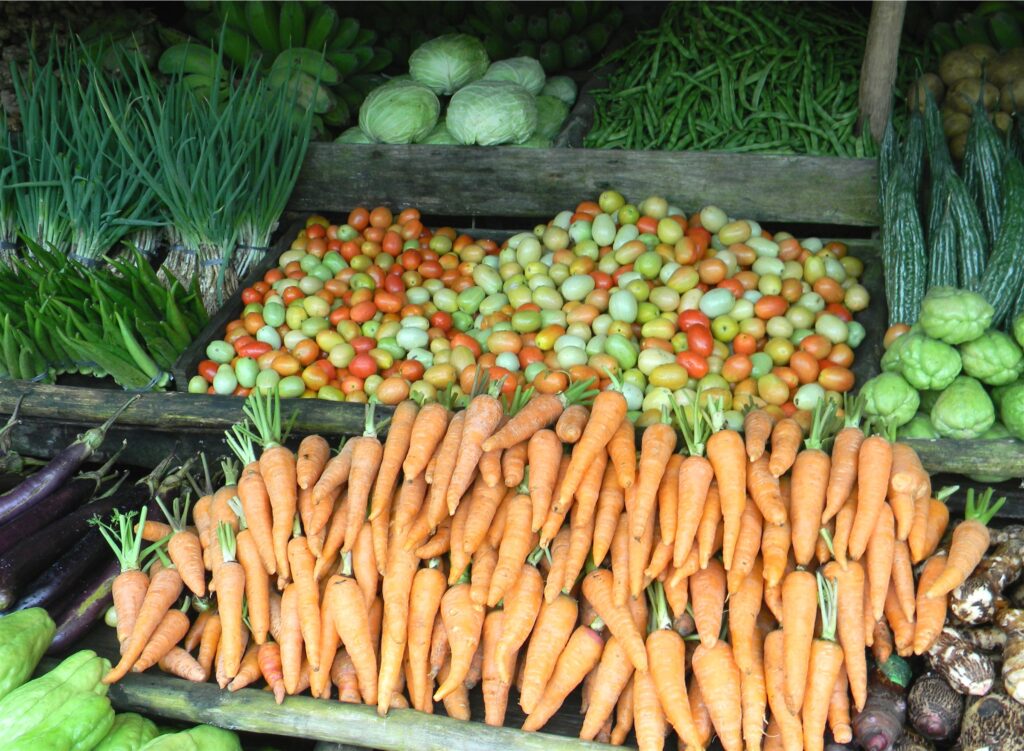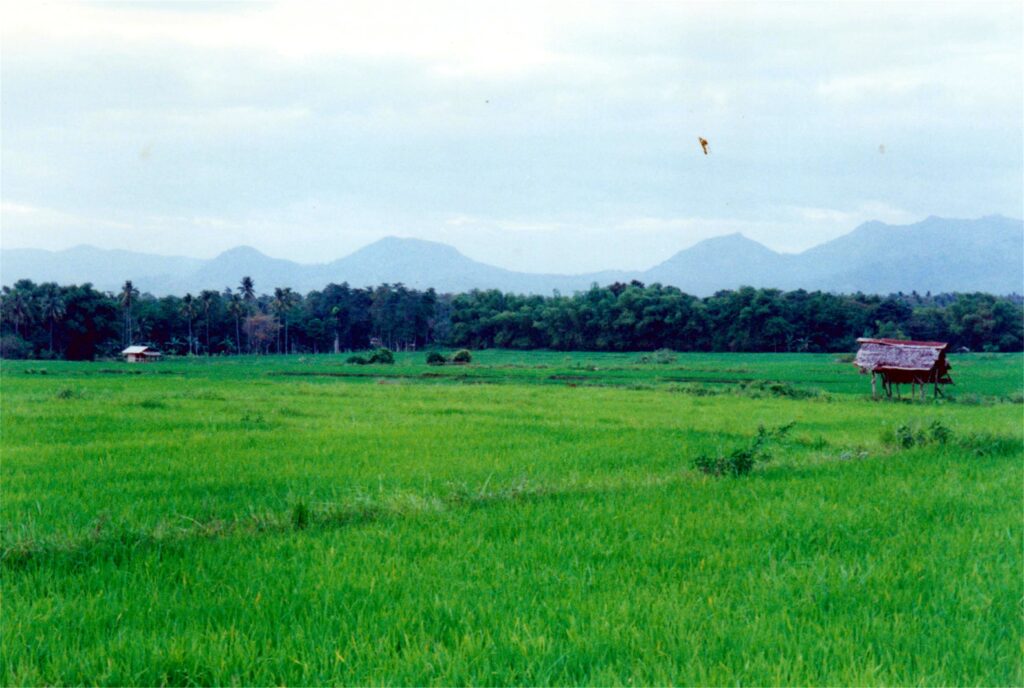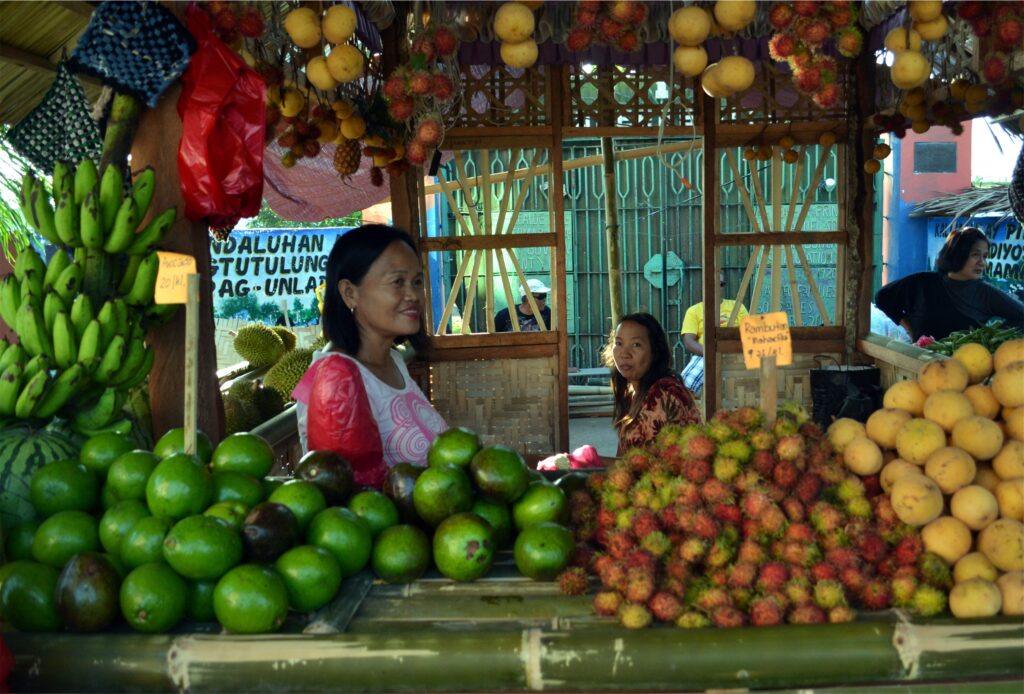Text and Photos by Henrylito D. Tacio
“Every day up to 150 species are lost,” deplored the Convention on Biological Diversity, which has been signed by almost 200 countries, including the Philippines. “We are indeed experiencing the greatest wave of extinction since the disappearance of the dinosaurs,” it added.
Biodiversity (coined from two words, biological diversity) is not only about Philippine eagle, tamaraw, waling-waling, marine turtles, narra, and other endangered species, but it also means food.
“Biodiversity is essential for food security and nutrition. Thousands of interconnected species make up a vital web of biodiversity within the ecosystems upon which global food production depends,” stresses the United Nations Food and Agriculture Organization (FAO).
Paul Ehrlich, an American ecologist, and demographer warned a quarter of a century ago that the world was on the verge of “famines of unbelievable proportions.” At that time, the world was home to about 3.5 billion, which Ehrlich believed was the limit.
In 1976, Ehrlich wrote that feeding six billion people “is totally impossible in practice.” Twenty-three years later, the world population reached six billion. As of July 2015, the Population Division of the UN Department of Economic and Social Affairs estimated the world population at approximately 7.3 billion.

Flowers and fruits galore 
Vegetables 
Rice production
Fortunately, the world managed to feed the ever-growing population. “Global food production today is sufficient to provide everyone on Earth an adequate diet,” wrote T.R. Reid in an article that appeared in National Geographic.
But for how long the supply can last, no one knows. “To feed a growing population, agriculture must provide more food,” points out the UN food agency, adding the world needs to safeguard biodiversity as it is the link to world food security.
Scientists have identified about 1.4 million unique species of plants and animals on the planet — so far. Nearly every day, it seems, a new species is added to the list.
“This variety of life is essential to human existence,” FAO claims. “We depend on it for food, water, energy, shelter and innumerous other ways as well. But as the planet’s human population continues to expand, this biodiversity is coming under increasing threat.”
FAO cites the following facts and figures:
· Of the 8,300 animal breeds known, 8% are extinct, and 22% are at risk of extinction.
· Of the over 80,000 tree species, less than 1% has been studied for potential use.
· Fish provides 20% of animal protein to about 3 billion people. Only ten species provide about 30% of marine capture fisheries, and ten species provide about 50% of aquaculture production.
· Over 80% of the human diet is provided by plants. Only five cereal crops provide 60% of energy intake.
“Some people will argue that if we lost a number of insects yesterday, and the sun still came up today, does it truly matter?” asked Prof. Norman Myers, author of several books and has served as a consultant to several UN agencies.
Here’s what Time, in a special report, has said: “The damage being done is more than aesthetic. Many vanishing species provide humans with both food and medicine. What’s more, once you start tearing out swaths of the ecosystem, you upset the existing balance in ways that harm even areas you didn’t intend to touch.”
Dr. Peter Raven, a noted American biologist, is very much concerned with the fast disappearance of the world’s biodiversity. “Of all the global problems that confront us, species extinction is the one that is moving the most rapidly and the one that will have the most serious consequences,” he contends.
Unlike other global ecological problems, Dr. Raven stressed, the crisis is completely irreversible. “Extinction is forever,” declared the Washington-based World Resources Institute.
The main culprit of the disappearance of biodiversity is the destruction of its habitat. “The most visible harm is caused by damage to natural habitats,” FAO says. “Wild species become extinct when the places where they live are destroyed. Pollution, urbanization, deforestation and conversion of wetlands force out wildlife. Mismanagement of agriculture, forestry and fisheries can further accelerate this destructive process.”

Tilapia fish 
Fruits for sale
Biodiversity is just as important on farms and fields as it is in deep river valleys or mountain cloud forests. “This agricultural biodiversity consists of countless farmed plants that feed and heal people, crop varieties and aquatic species with specific nutritional characteristics, livestock species adapted to harsh environments, insects that pollinate fields and microorganisms that regenerate agricultural soils,” FAO explains.
In human history, about 7,000 species of plants have been cultivated for consumption. The tropical rainforests are repositories of crops. “The rainforest is the host to some 2,500 species of fruits fit for us to eat,” said former Senator Heherson Alvarez, who used to head the Department of Environment and Natural Resources. “Only a few such as banana, grapefruit and pineapples have been commercialized.”
Alvarez believes that the destruction of rainforests will wipe out its ability to “refuel” existing crops. “Rice, millet, soybean, eggplant, yam and sugarcane originated from there,” he said. “Genetic resources from tropical forests have saved a number of important crops such as cacao, banana and coffee.”
According to FAO, genetic diversity is essential for the continued sustainability of world agricultural production. “Farmers and agricultural scientists need it in order to adapt plants to changing conditions or expand production in new, previously unfarmed areas,” it says. “The hidden genetic diversity of plants hold the key to improved yields, and crops that not only produce more to eat, but more nutritious food as well.”

